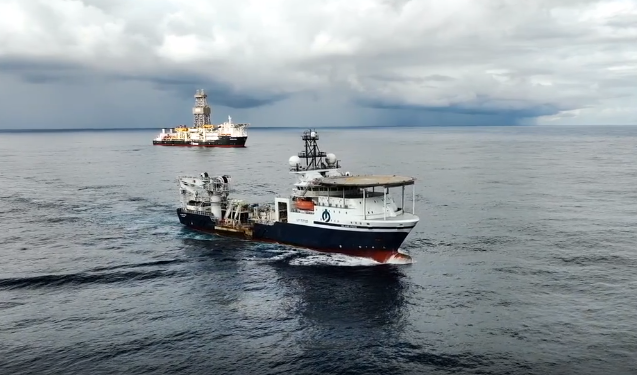European lithium projects gain attention amid push toward electric vehicles

European lithium projects are making a fresh push for capital, eager to supply the white metal to a burgeoning network of battery manufacturers and electric vehicle makers across the continent, the world’s second-largest EV market after China.
A regional EV supply chain would help achieve European Union goals to lower carbon emissions, cut fossil fuel consumption and strengthen the ability of the continent’s automakers and battery makers to compete with Asian rivals CATL, LG Chem and Samsung.
Chris Berry, independent lithium analyst
“I’m pretty impressed by what I see being built out for an electric vehicle supply chain in Europe”
That would require local supplies of the metal, and lithium projects from Spain to Finland are aggressively hunting for financial partners to bring mines online.
“I’m pretty impressed by what I see being built out for an electric vehicle supply chain in Europe,” Chris Berry, an independent lithium analyst, said on the sidelines of this week’s Fastmarkets Lithium Supply and Markets Conference in Santiago, the industry’s largest annual gathering.
“There’s a lot of awareness from the top down, especially from government.”
In the latest sign of growth in Europe’s EV market, Sweden’s Northvolt said on Wednesday it had raised $1 billion from Volkswagen AG, BMW and others to build the continent’s biggest lithium-ion battery plant.
France and Germany last month teamed up on a plan worth up to 6 billion euros ($6.8 billion) to jointly invest in the European production of EV batteries.
In Spain, which is considering a ban on internal combustion engines, Infinity Lithium Corp, is pushing to open a hard-rock lithium mine and chemical plant within two to three years.
“Our target is the European market,” Vincent Ledoux Pedailles, Infinity’s executive director, told Reuters. “We are up to the challenge of developing a supply chain (for electric vehicles) in Europe.”
Infinity hopes to sign a lithium supply agreement this year with a European automaker or battery maker, Pedailles said.
In Portugal, Savannah Resources Plc hopes to produce lithium next year from a hard-rock mine. The Portuguese government also plans to launch an international auction of lithium exploration licenses this month, with bidders expected to commit to building a local lithium refinery.
The British government earlier this week funded a study to assess the feasibility of developing a domestic supply of lithium, part of a 246 million pound ($312 million) government investment into battery technology.
In Finland, privately held Keliber Oy has completed a feasibility study on a hard-rock lithium project and is seeking financing, hoping to start construction this year and be online within a few years.
“We are in a place, Europe, where things are happening,” Pertti Lamberg, Keliber’s CEO, told the conference.
Pushback
Some investors worry about practical issues with pushing forward a project in Europe, where strict environmental regulations have for decades limited mine development.
“It is extremely hard to get any kind of mining project – and especially a lithium project – running in Europe,” Tobias Tretter of Commodity Capital AG, a Zurich-based fund manager, told the conference. “There is absolutely no experience in Europe any more with mining. So I think it’s a pretty hard challenge.”
Other lithium projects in Europe include Rio Tinto’s in Serbia, which is not expected to start production until the next decade.
Ernie Ortiz of Lithium Royalty Corp, an affiliate of Waratah Capital Advisors, said close vetting would be required to be certain European projects meet quality standards, asbattery makers – and regulators – become more exacting in their demands.
“On average they tend to be slightly lower grade than some of the projects in Canada or Australia,” Ortiz said. “Similar to the U.S., I think permitting would be a big issue for us.” ($1 = 0.7884 pounds) ($1 = 0.8868 euros)
(By Ernest Scheyder, Dave Sherwood and Barbara Lewis; Editing by Cynthia Osterman)
More News
Miner’s bid to tap seabed pits UN-backed regulators against Trump
International regulators condemned TMC’s move to circumvent their authority by seeking the Trump administration’s approval for seabed mining.
March 29, 2025 | 02:38 pm
The stars are aligning for Graphite One
Graphite One could take a leading role in loosening China’s tight grip on the US graphite market by mining feedstock from its Graphite Creek project in Alaska.
March 28, 2025 | 03:29 pm
{{ commodity.name }}
{{ post.title }}
{{ post.excerpt }}
{{ post.date }}



Comments